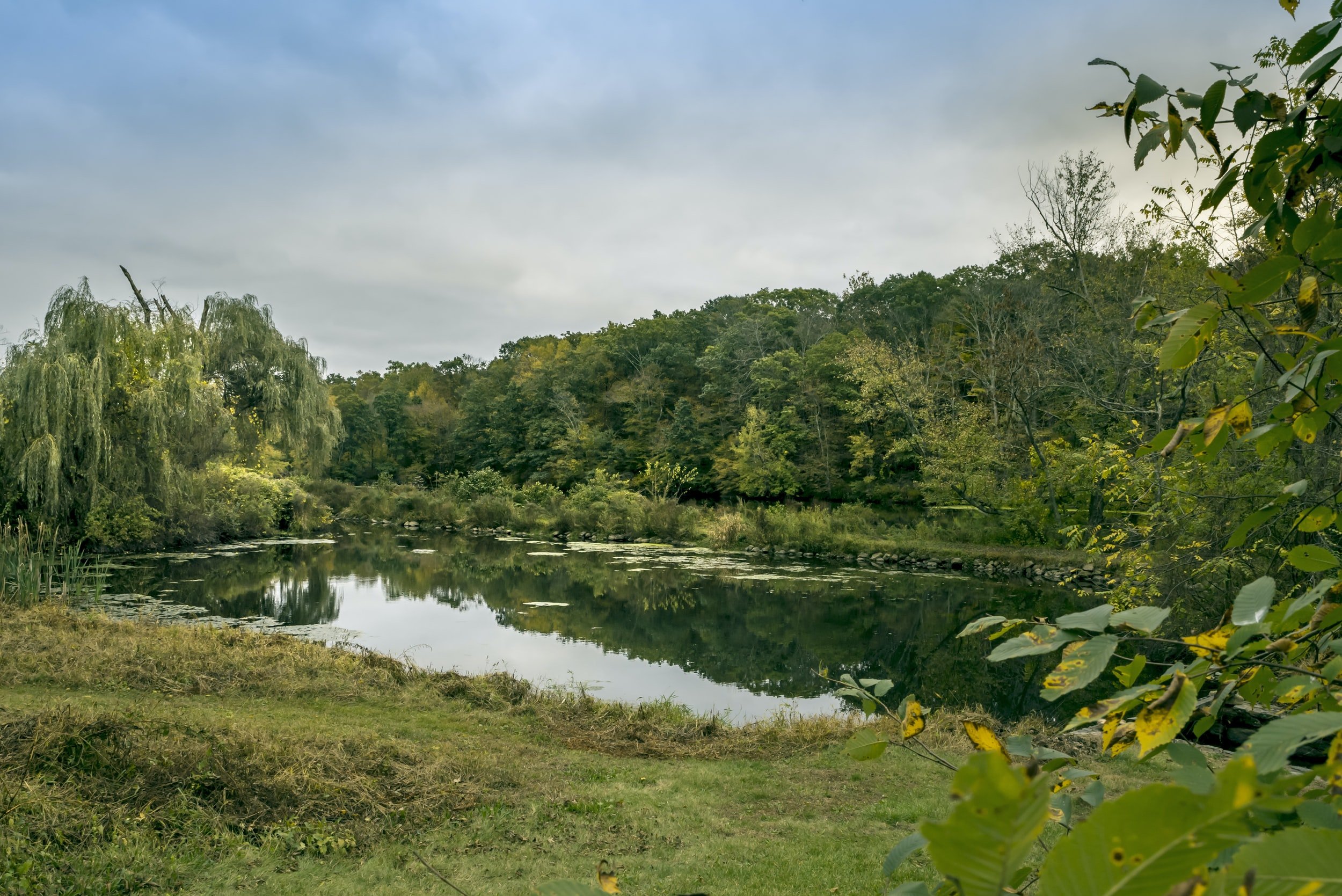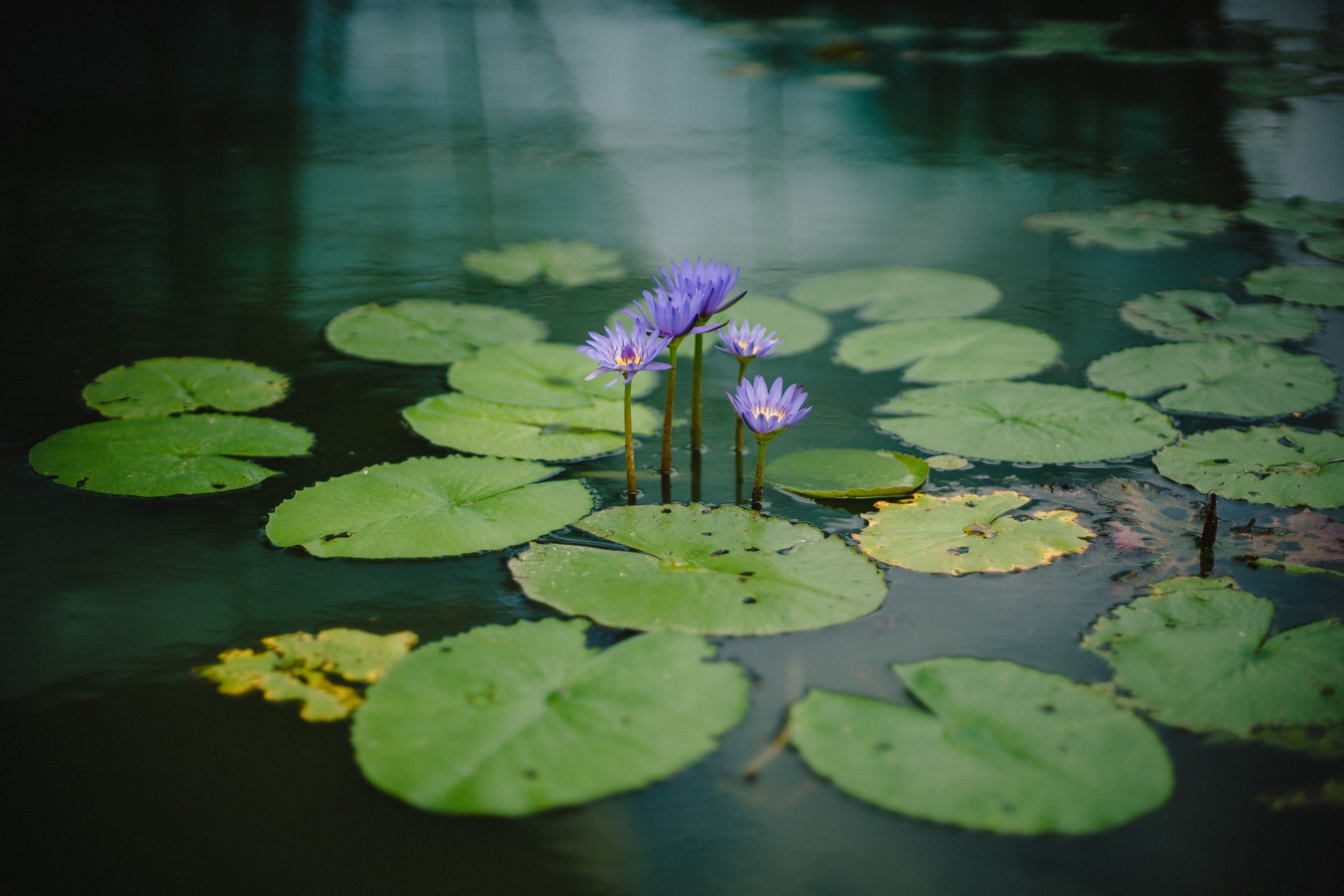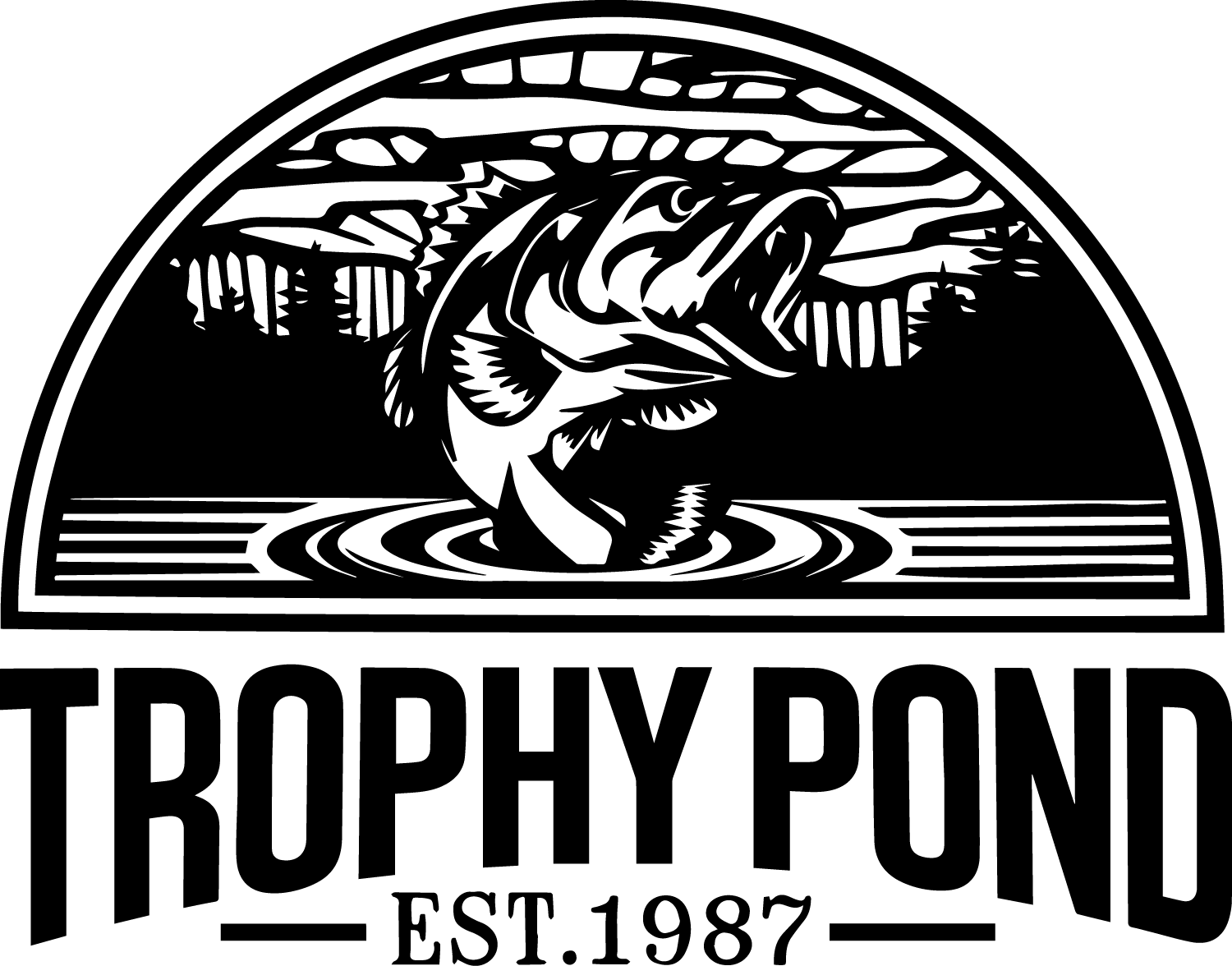
POND WEED CONTROL
Have weeds stolen your pond from you? Trophy Pond is a Tennessee certified commercial applicator for aquatic herbicides, specializing in pond weed control and removal, and can give you back your lake or pond safely and professionally.
Aesthetics.
For some landowners, fish are a secondary priority, and the pond is mainly an aesthetic feature on the property. For these ponds, any weed growth whatsoever is typically undesirable; ponds in this category can benefit from regularly-scheduled visits by one of our technicians to ensure that the pond stays appealing and clear. For these ponds, we can utilize a wide range of methods to control unwanted aquatic plants, tailoring our approach to the specific needs of your pond based on depth, water quality, and outflow.
Many pond management companies treat all ponds alike in weed control.
Still, as you might surmise from the previous paragraph, ponds for which fishing is a priority are a world apart from ponds for which fishing is not a consideration. Many methods of pond weed control that many pond management companies commonly employ will have devastating consequences for the fish in the pond. You won’t necessarily see hundreds or thousands of dead fish on the surface after treatment, although we have certainly had calls where this or that landowner had just paid another company for treatment only to suffer a fish kill; the negative effects are not always immediate and obvious. We avoid these costly side effects altogether in ponds where fish are the focus: it’s part of our total approach to superior fish management, and it will give you bigger fish in your pond.
Some aquatic vegetation species can help a pond, fostering everything from improved water quality to bigger and healthier fish. But other species can kill every fish in the pond if left uncontrolled. Once we’ve identified what vegetation is present, we look further to determine the specific conditions in the lake causing that particular weed to thrive and address those conditions as part of our pond weed control process. In other words, we treat the cause rather than just the symptom so that the same weeds don’t return a few months or a year later.
Did you know that bottom-diffuser aeration, over time, can significantly reduce or eliminate most weed problems in ponds altogether?
We didn’t discover this key strategy by any means. Still, it has dramatically benefited more than a few of our customers over the years, and it can make a dramatic difference for your pond if you have weed problems. Organic muck builds up over time on the bottom of unaerated ponds; this muck is like built-in fertilizer for your pond. It’s rich in phosphorus, a primary nutrient required by plants for growth; as this muck builds up, it feeds more and more plant growth. Bottom-diffuser aeration will reduce this muck over time by allowing bacteria that consume the muck to access said muck.
Unaerated ponds stratify in the warm months. The water in the lower layer, the hypolimnion, is typically anoxic, meaning it does not have sufficient dissolved oxygen to sustain life, either fish or bacteria. Bottom-diffuser aeration circulates the water from the bottom to the surface, eliminating stratification and oxygenating the entire water column. Beneficial bacteria can then access the muck to consume it. There are many brands of this bacteria that you can buy; we sell one of the best brands ourselves.




